McLaren was heading into the 2020 Formula 1 season with a real sense of momentum, generated by the combination of a strong 2019, a renewed sense of direction, two talented young drivers and a new engine supply deal for 2021. McLaren was on the way back to the sharp end of the grid.
This year was about putting the final pieces in place, ready for greater things in 2021. Then, of course, a global pandemic began and now McLaren’s plans are, like most of society, on hold.
The team – which is based in Woking, Surrey – actually found itself at the centre of F1’s own coronavirus crisis, as the sport pressed ahead with the season-opening Australian Grand Prix in mid-March, right as the disease became a global emergency. A positive test for a McLaren employee who was due to work in the Albert Park paddock prompted the team to withdraw, triggering the events that led to the race’s abrupt cancellation hours before practice was to begin. The teams packed up and headed home – and haven’t done too much since.
The good news for McLaren is that all of its team members are now back from Melbourne and healthy. The bad news is its momentum has been arrested and the rebuild is on hold. Still, team principal Andreas Seidl remains optimistic.
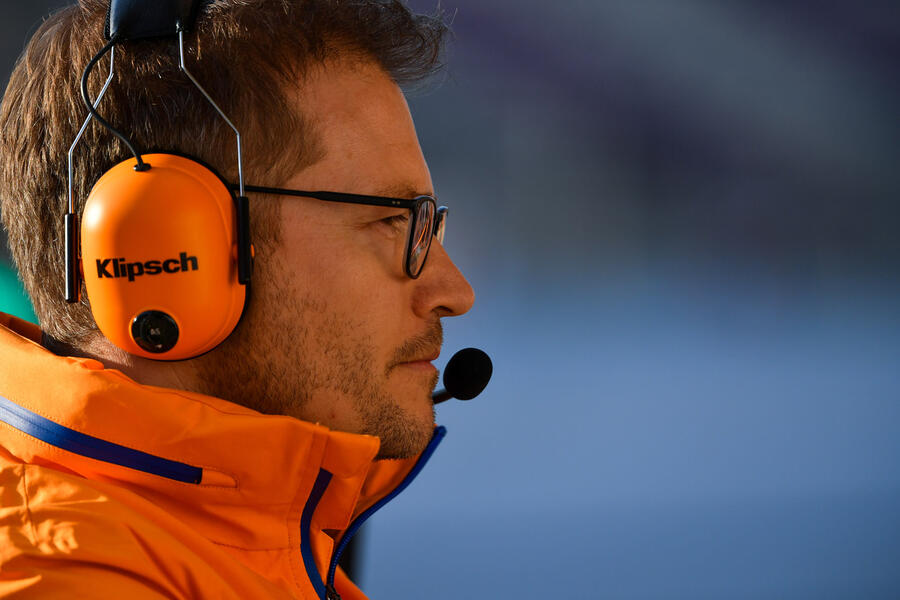
“The most important thing at the moment is to get through this crisis and survive it as a team and as Formula 1,” he says. “Then we have a clear plan in place of what we have to do in the coming months and years to move up the grid. The shutdown is the same for everyone, and I’m confident that as soon as we are through this crisis, we can continue the positive momentum.”
Previously the head of Porsche’s squad in the World Endurance Championship, the 44-year-old German has played a key role in McLaren’s revival since he joined last May. He’s in charge of the on-and off-track management of the team, working under McLaren Racing chief executive Zak Brown.

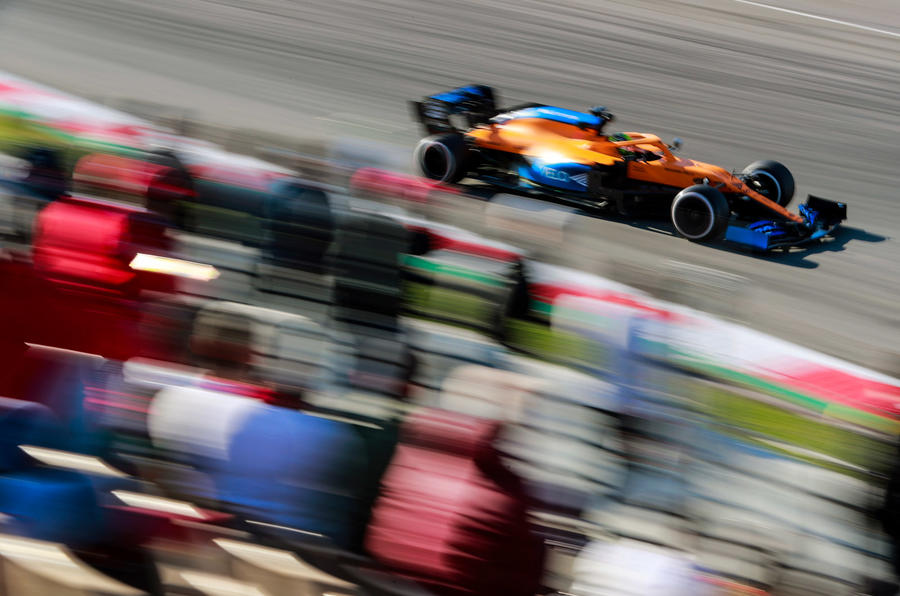




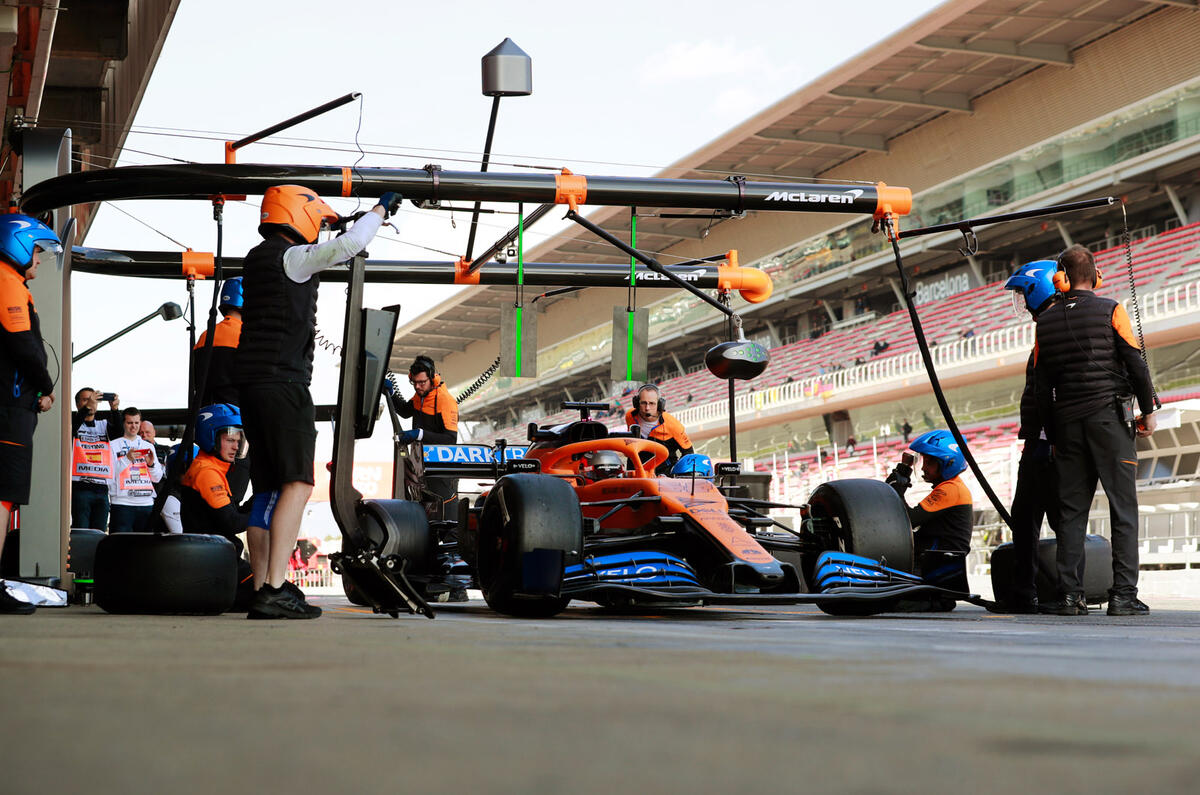



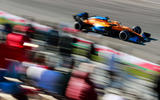









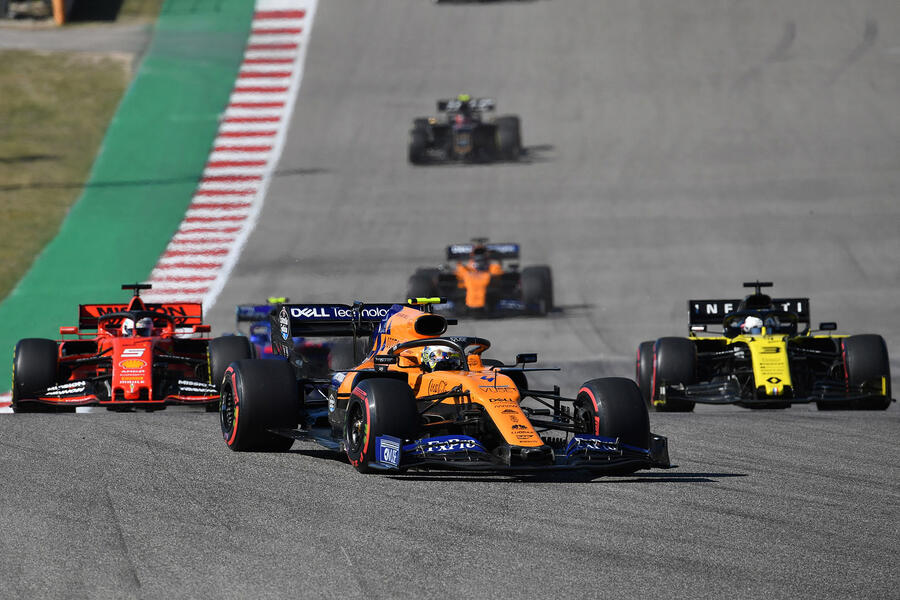
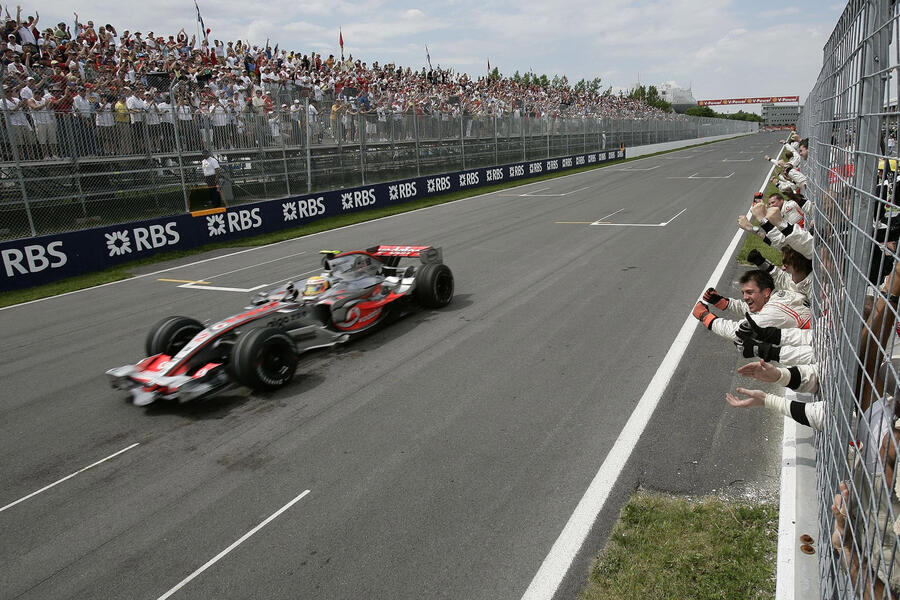
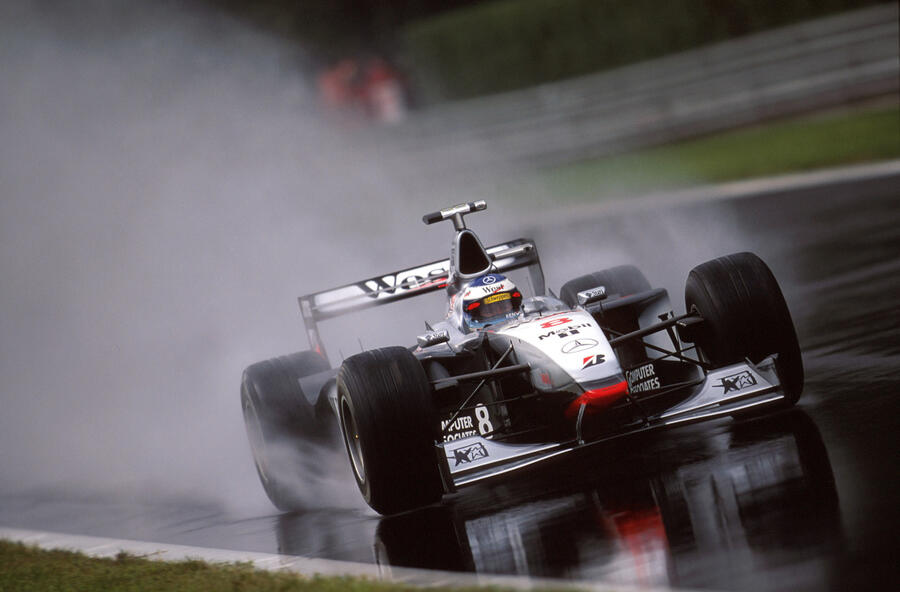
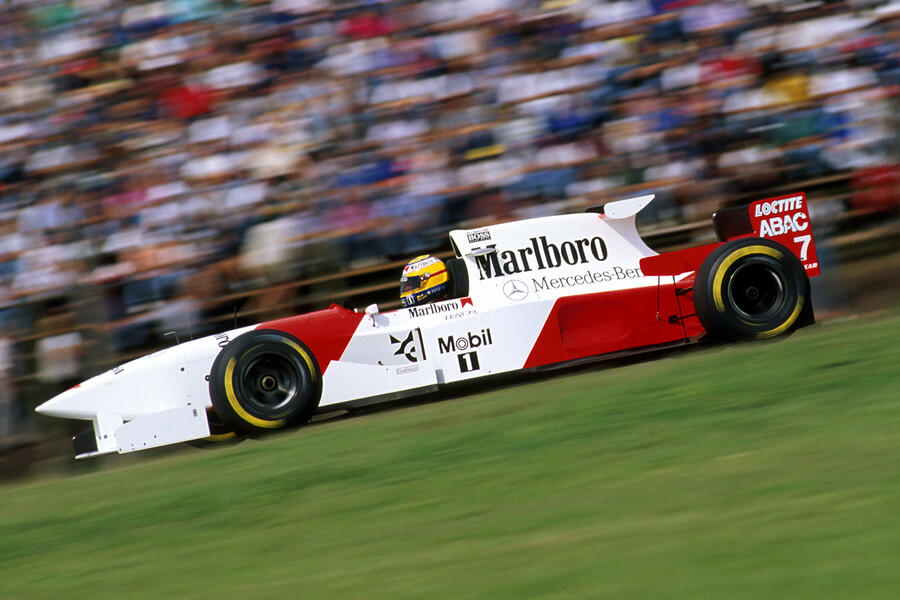
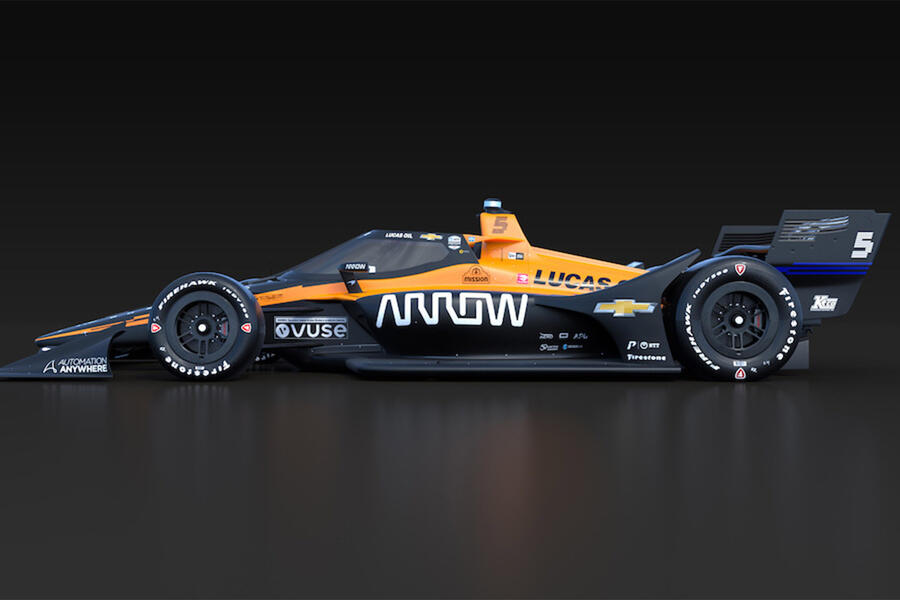






Join the debate
Add your comment
A Comeback?
Says who? There has been no racing this season from which to judge. The Renault engine is the worst on the grid. Brown is moaning about cost caps being too high, and currently all the staff are furloughed!
On what basis can you say that they are making a comeback? Wait until they have the Merc engine, and cost caps are resolved, and if they are still in F1 and they finish in a better position every year for 2 or 3 years than the previous season, then you can say - comeback!
The real brains...
He's the real brains behind McLaren, not Zak Brown. Brown has been reacting to fires rather than planning the future.
Ron Dennis's jump to Honda was because no team without a works engine deal can win. The theory is as correct today as it was back then. Look how Red Bull are ahead of McLaren with a works engine deal. All the teams ahead of McLaren have works engines, all behind with the exception of Renault are customers. And Renault we know are lukewarm when it comes to F1.
Plus don't forget that McLaren are now desperately short of funds. They're having to raise hundreds of millions, mortaging out their historic car colletion in the process. And remember the disaster of their Indy program last year where nobody thought to buy a steering wheel until they realised they didn't have one just before practice...
McLaren have a long way to go. I've got more faith in Seidl than Brown to get that right.
Symanski wrote:
I was under the impression Mercedes are planning to retire from F1 as a works team and are just continuing as an engine supplier.